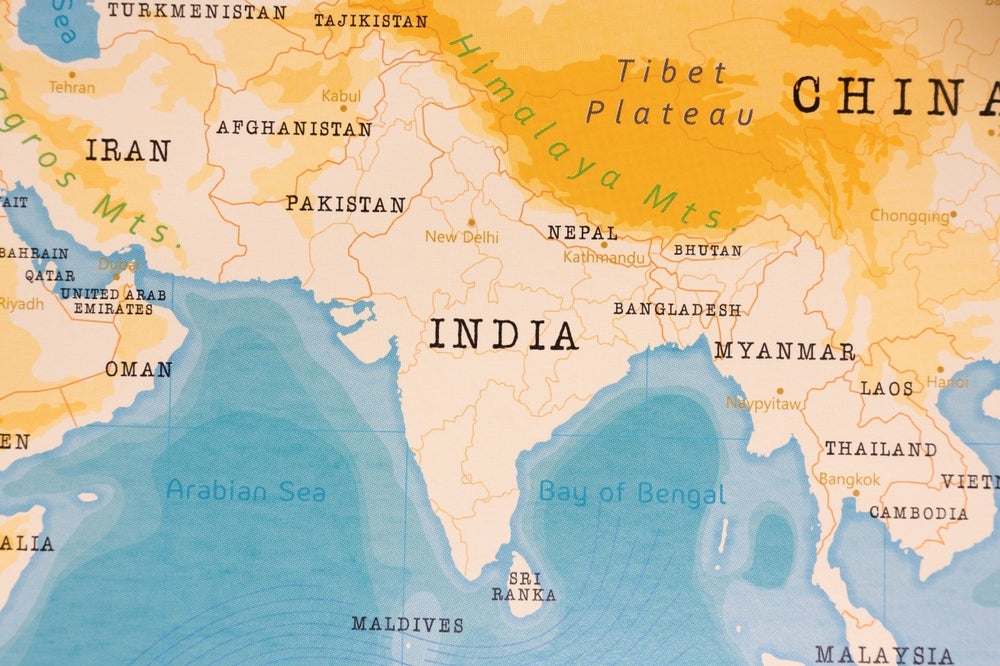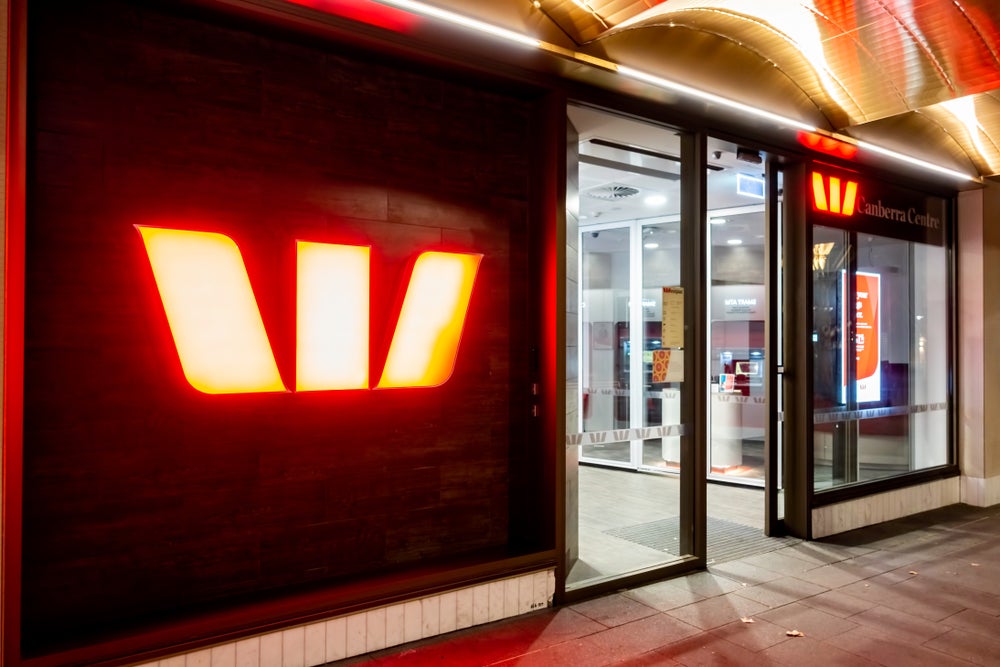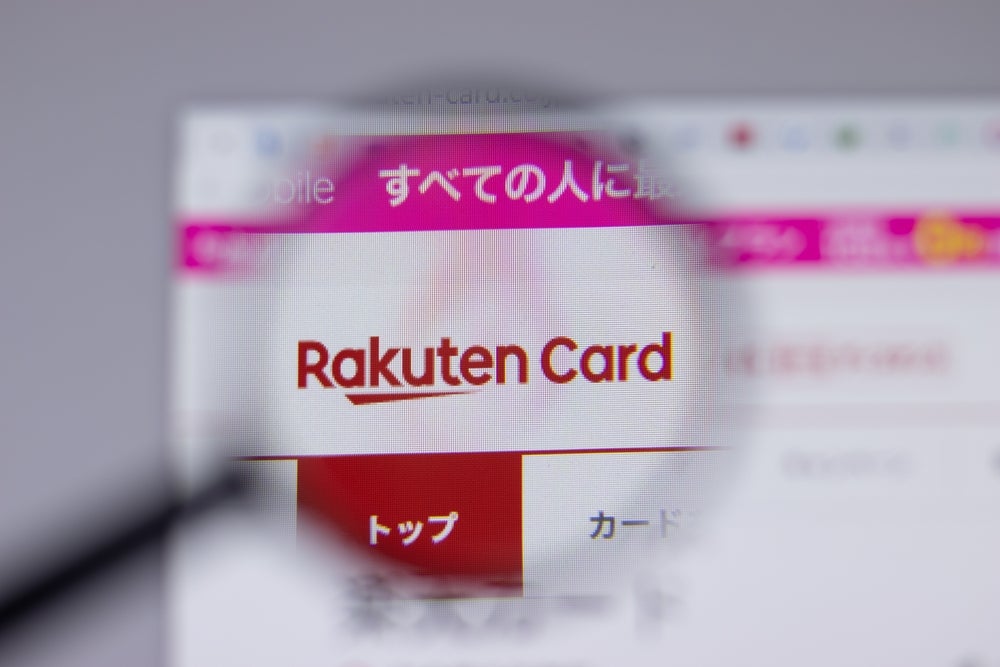economies, Singapore represents a lucrative market for card
issuers, but increasing competition is leading to a blurring of
card products and segmentation strategies, countered by innovative
approaches to differentiation. Titien Ahmad
reports.
Singapore’s economic engine is firing on all cylinders, with
increased foreign investment, rising wages, low unemployment and a
booming property market driving positive consumer sentiment.
Unsurprisingly, the Singapore cards market is humming, with card
launches every other month from issuers looking to capture the
consumer optimism through spending at the point of sale.
According to Song Seng Wun, regional economist with CIMB-GK
Research: “The latest credit cards report reflected what we all
know – that workers and employees have not had it so good since the
Asian financial crisis whacked us ten years ago. The latest
employment report shows that Singapore is back at full employment.
Anyone who wants a job can get a job, a situation that Singapore
used to experienced prior to the Asian financial crisis. The 2007
third-quarter jobless rate fell to a seasonally adjusted 1.7
percent, a number not seen since the first quarter of 1998.”
The latest World Wealth Report from investment bank Merrill Lynch
and consultancy Capgemini shows that Singapore saw the fastest
increase in the number of high net worth individuals globally in
2006. The number of people with more than $1 million in financial
assets excluding their home rose 21.2 percent to 66,660 in 2006.
Growing consumer wealth has led to a boom for card issuers,
although competitive pressure is rising along with consumer
sentiment.
Platinum becomes passé
The saturation of card products in the market is felt most strongly
in the premium segment, with platinum cards being launched every
month. With every issuer offering a platinum card, there is very
little to differentiate one concierge service from another –
issuers are targeting specific transaction activities to attract
card spend.
How well do you really know your competitors?
Access the most comprehensive Company Profiles on the market, powered by GlobalData. Save hours of research. Gain competitive edge.

Thank you!
Your download email will arrive shortly
Not ready to buy yet? Download a free sample
We are confident about the unique quality of our Company Profiles. However, we want you to make the most beneficial decision for your business, so we offer a free sample that you can download by submitting the below form
By GlobalDataThe traditional premium segments are already approaching saturation
point. “There are several cards in the market which are competing
strongly for the travellers and diners segments,” said Helen Neo,
head of consumer banking at Maybank Singapore, in an interview with
CI.
Maybank Singapore has been actively building its cardholder base
and ran a highly successful Porsche car rental campaign for its
platinum cardholders earlier this year. Neo said: “Maybank
introduced an exclusive Porsche reward programme for its platinum
card customers in July 2007 to increase utilisation and recruit new
cardmembers. Maybank platinum card customers only need to charge
S$6,000 [$4,160] to their credit cards to redeem one day’s free
usage of either a Porsche Boxster or Porsche Cayenne. Customers can
redeem the car for two days’ use if they charge S$12,000 to their
cards. This programme has proved to be very popular among our
cardmembers.
“We have seen a very strong demand for our Porsche redemption
programme since we started redemption of the car usage on 1 October
2007. We see more than 20 redemptions every week and as of today,
the Porsches are fully booked up till March 2008.”
Other issuers are refining their premium product propositions.
Citibank is building on its transport-driven SMRT Visa platinum
card proposition – SMRT is Singapore’s multi-modal public transport
service provider – and plans to launch a combined Citibank Tap
& Save account with the Citibank-SMRT Visa platinum debit card,
effectively creating a three-in-one card combining EZ-link, debit
and ATM functionalities. EZ-link is the contactless payment
facility for Singapore’s public transport system.
ABN AMRO targets only the premium cardholder market in Singapore,
in line with its current strategy focusing on the mass affluent in
the region. ABN AMRO’s Switch card targets the financially aware
platinum cardholder who is looking beyond lifestyle benefits. The
programme incorporates a low interest rate of 18 percent per annum,
permanent waiver of annual membership fee, free cash advance
service and 0 percent instalment plan for large ticket purchases at
all merchants.
In a previous interview with CI, Puneet Bahl, ABN AMRO’s head of
consumer finance, said: “We have to think of clear niches. We have
products that are available for all and sundry, but growth and
focus will come from niche products.”
At the launch of the Switch card, Suhail Chander, ABN AMRO’s head
of the consumer client segment in Singapore, commented: “The credit
card market in Singapore is very competitive, with most people
holding more than one card. To entice consumers, you need a unique
proposition, offering differentiated benefits that are not already
available in the market.”
International local market
Visitor arrivals have progressively increased since the SARS health
scare in 2003. September 2007 alone saw 766,000 visitors while the
summer holiday months of July and August registered 952,000 and
913,000, respectively. Hotel room rates have soared by 100 percent
between 2005 and 2007 – average hotel room rates reached a high of
S$204 per night in June.
A highly successful annual campaign run by the local tourist board
is the Great Singapore Sale (GSS), in association with merchants
that offer special discounts for the period of the sale. MasterCard
Worldwide has been the official card partner since 2004. According
to MasterCard: “MasterCard data shows that MasterCard cardholders
spent a total of $587.5 million during the full two-month period of
the Great Singapore Sale [25 May to 22 July 2007]. This represents
a 49 percent increase in spend from last year [26 May to 23 July
2006], as both locals and tourists sought to make full use of the
sale offerings. The total number of transactions made by MasterCard
cardholders rose 42 percent to 5.5 million versus the 2006
sale.”
Tourist spending during the period registered an impressive
increase. MasterCard data reported tourists spending more than
$224.1 million, a 57 percent increase over 2006. Transactions
numbers went up by 64 percent to total 1.5 million
transactions.
“Tourists from the United States remained the top spenders, with
spend by American MasterCard cardholders for the total sale period
increasing more than 30 percent from GSS 2006 to $30.1 million.
Indonesian cardholders dropped from being the second-highest
spenders in GSS 2006 to sixth place this year. Australian
cardholders were second with $20.8 million spent – an 84 percent
increase from last year,” according to MasterCard Worldwide.
Cross-border transactions
The international spend flows both ways as increasingly affluent
Singaporeans venture out into the region. Maybank Singapore has set
its sights firmly on cross-border transactions between Singapore
and Malaysia and aims to boost overseas cards transactions in
Malaysia by 30 percent a year. Statistics from Tourism Malaysia
indicate that Singaporean tourists made up more than 50 percent of
tourist arrivals in 2006.
“With Malaysia as the destination of choice for many locals,
Singaporeans made nearly 10 million trips to Malaysia last year and
made up more than 50 percent of the tourist arrivals in Malaysia
last year,” Maybank said in a statement at the launch of its new
card.
Maybank’s Neo said: “Our Maybank Family and Friends Platinum
MasterCard, launched this September, is the first card in Singapore
to offer a 5 percent cash rebate at a wider range of merchants in
Singapore and Malaysia, catering to families and their friends. The
card offers a 5 percent cash rebate at major local attractions such
as the Singapore Zoo and Night Safari, health supplement chains and
major pharmacies, and for home delivery services of leading
fast-food chains and caterers in Singapore. In Malaysia, card
customers can enjoy rebates for petrol charges and grocery
purchases at leading petrol stations and hypermarkets.
“Since the launch of these programmes, our average monthly sign-up
has doubled and our average monthly card spend has seen
double-digit growth.”
Even with the different permutations of platinum, the challenge for
card issuers in Singapore goes beyond customer acquisition, given
that there were 5.5 million cards in circulation as of end of
September 2007, for a total Singapore population of about 4.55
million. Competition for share of wallet has become intense.
With the premium end of the market becoming saturated, issuers are
switching their sights to the uncarded customers. With the recent
revision of credit policy from the Monetary Authority of Singapore
(MAS) allowing S$500-limit credit cards for people earning below
S$30,000 a year, Singapore bank OCBC has launched a card targeting
tertiary students.
Citibank’s clear card is also targeted at the younger market.
Citibank does not specifically target tertiary students and is
gunning for the upwardly mobile young professionals. The bank
estimates there to be about 900,000 potential customers in the
sub-S$30,000 income segment, and is targeting about 50 percent of
that segment.
To guard against default risk, Citibank has introduced a 28 percent
interest rate and will suspend use of the credit card to customers
who fail to make the monthly minimum payment.
The move by the MAS to offer a lower-limit alternative for young
cardholders is probably a timely move as the market becomes more
exposed to credit card products. Singapore’s consumer credit
bureau, the Credit Bureau Singapore (CBS), reported that 20 percent
of all new credit card applications in 2006 came from people aged
21 to 29 years, compared to 14 percent in 2005.
New technology
There has been very slow adoption of new credit card technology by
Singaporean cardholders. According to Michelle Foong, a
Singapore-based industry analyst with research and consulting group
Frost & Sullivan: “I believe that adoption [of contactless
cards] is relatively slow compared to other contactless
applications like mass transit [EZ-link] in the country, and
compared to predecessor countries in the region like Taiwan and
Malaysia. Especially in Taiwan, adoption of contactless payments
like Visa payWave has been stronger, with more encouraging merchant
adoption.”
However, she countered: “This could be initial anxiety from
end-users due to the perceived risk that a lost or stolen card
could be misused or an amount could be incorrectly deducted from a
card during a transaction (ie, more than once). Buy-in from
merchants and training at usage points is also crucial to move
everyone into the hang of this new method of payment at merchant
outlets.”
Smart chip cards are not faring any better. Foong said: “In
banking, migration to EMV chip cards is still not complete due to
various reasons like lack of business case (fraud levels) and
absence of national mandates. Possibly, Singapore could be more
like US whereby the incentive to move to chip-based bankcards could
come from the need for differentiation and branding. Even without
this incentive, eventually, Singapore may feel the need to fully
migrate to chip-based bankcards when the other countries in this
region catch up, resulting in fraud migration to countries still on
the magnetic strip technology.”

Tempering growth
With the optimistic customer sentiment driving sales growth, the
MAS is looking at ways to monitor the market for any warning sign
of a credit crunch. A property loan index has been launched by the
CBS and there are plans to launch indices for credit card, motor
vehicle and personal loans. The monthly mortgage index covers
credit delinquency, loan approval and credit demand. Delinquency
figures will help mortgage lenders to monitor the risk of
defaults.
Having said that, the cards portfolio looks healthy, with a
decrease in bad debt written off and charge-off rates. Charge-off
rates as of the end of September 2007 were at 3.7 percent, compared
to 4.7 percent as of the end of September 2006.
The economy is likely to remain buoyant and analysts are optimistic
that this year’s GDP growth rate will be at the high end of the
estimated 7 percent to 8 percent. The challenge for issuers will be
to remind Singaporean cardholders to take out their card at the
point of sale.







